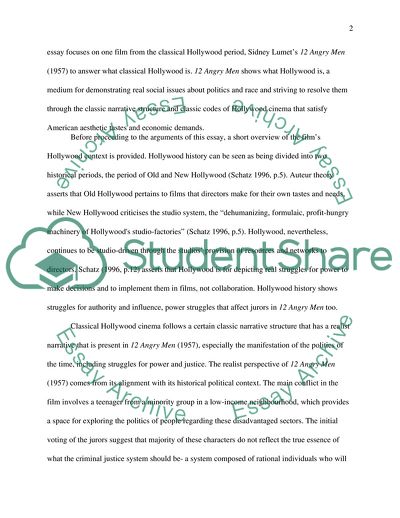Cite this document
(Politics and Race in Classical Hollywood: Lumets 12 Angry Men 1957 Movie Review - 1, n.d.)
Politics and Race in Classical Hollywood: Lumets 12 Angry Men 1957 Movie Review - 1. https://studentshare.org/visual-arts-film-studies/1802916-classical-hollywood-cinema
Politics and Race in Classical Hollywood: Lumets 12 Angry Men 1957 Movie Review - 1. https://studentshare.org/visual-arts-film-studies/1802916-classical-hollywood-cinema
(Politics and Race in Classical Hollywood: Lumets 12 Angry Men 1957 Movie Review - 1)
Politics and Race in Classical Hollywood: Lumets 12 Angry Men 1957 Movie Review - 1. https://studentshare.org/visual-arts-film-studies/1802916-classical-hollywood-cinema.
Politics and Race in Classical Hollywood: Lumets 12 Angry Men 1957 Movie Review - 1. https://studentshare.org/visual-arts-film-studies/1802916-classical-hollywood-cinema.
“Politics and Race in Classical Hollywood: Lumets 12 Angry Men 1957 Movie Review - 1”. https://studentshare.org/visual-arts-film-studies/1802916-classical-hollywood-cinema.


